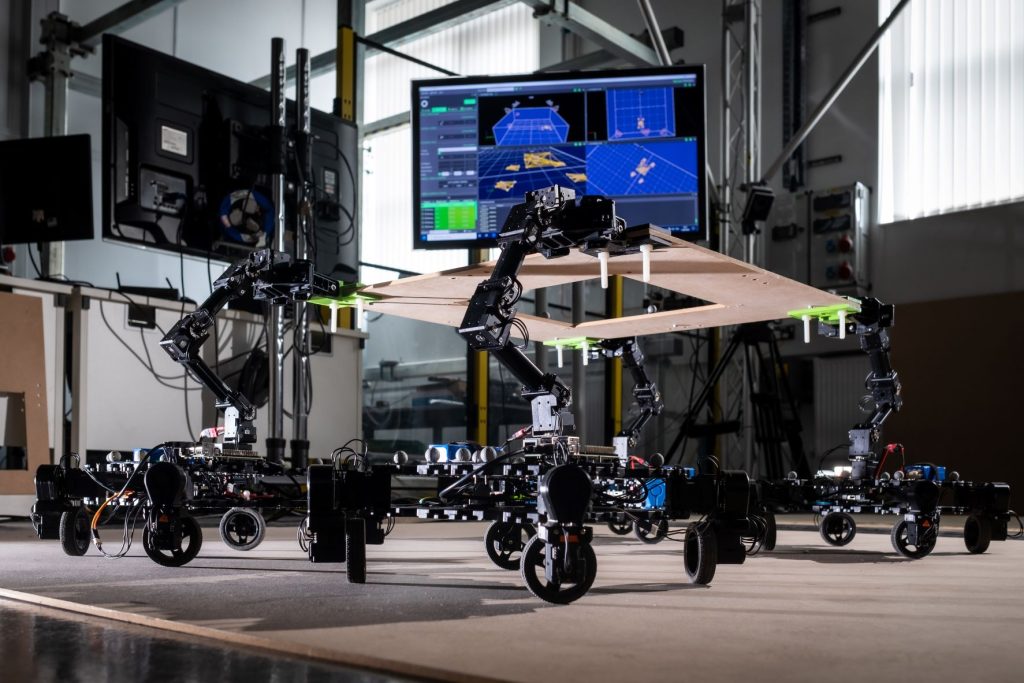Priority Area 1 – Collaboration

Effective, natural, and safe human-robot collaboration. Robotic systems need better models of how people naturally interact with others to start truly collaborating with them and fully leverage their respective strength.
Aim
The Centre’s aim is to maximise the joint effectiveness of human-machine collaboration by safely eliminating the social and technical barriers separating them and enriching their common understanding of each other’s capabilities and intentions.
Motivation
Many industry tasks require human perception and cognition as well as robotic strength and repeatability. For example in assembly, manipulation of non rigid objects and hand-eye coordination tasks. This will enable humans and robots to work together more symbiotically without fixing boundaries in time, space or task. Opening many opportunities for significantly improving productivity, quality and health and safety.
Approach
- Decode the casual interactions between people, objects and their environment in the context of time, space and task.
- Model, recognise and track object affordances.
- Deep understanding of the cognitive state of human factors.
- Anticipate human actions, predict risks and adjust behaviour over time.
Key Deliverables
D1.1: Probabilistic object-affordance models for complex industrial workspaces like trim-and-finish lines, large structures, small baches, on-site, and remote working.
D1.2: Large integrated temporal, spatial and cognitive state data sets from a wide range of industrial HRC tasks.
D1.3: Lifelong human intention prediction model based on real-time object-affordances and deep cognitive human state tracking.
D1.4: New learning from demonstration, shared control and remote interaction methods based on predicted human-intention.
Testbeds
A wide range of optical, tactile, force/torque and psychophysiological feedback devices will be brought together for directly and indirectly observing and analysing the temporal, spatial, and cognitive states and causal interactions during a wide range or physical HRC tasks.
Team
Priority Area 1 leads are: Professor Niels Lohse (Loughborough), Professor Peter Kinnell (Loughborough), Professor Phil Webb (Cranfield), Dr Ella-Mae Hubbard (Loughborough) and Dr Sarah Fletcher (Cranfield)